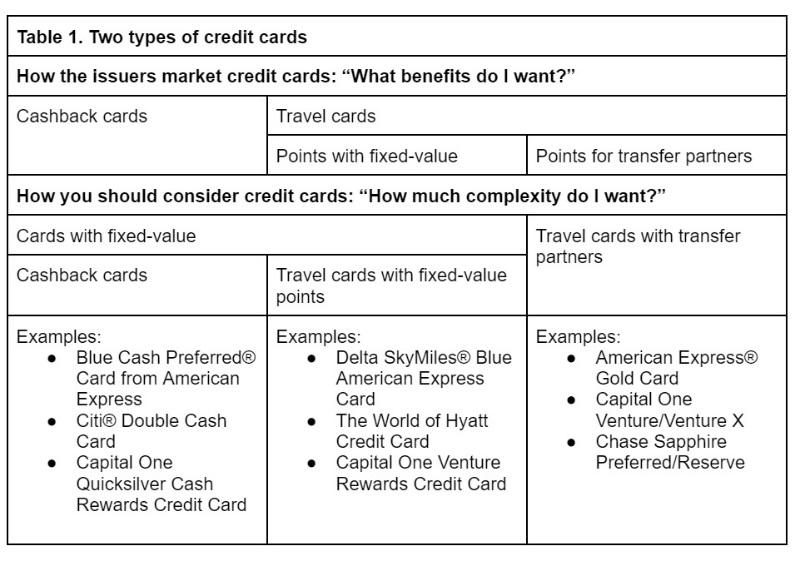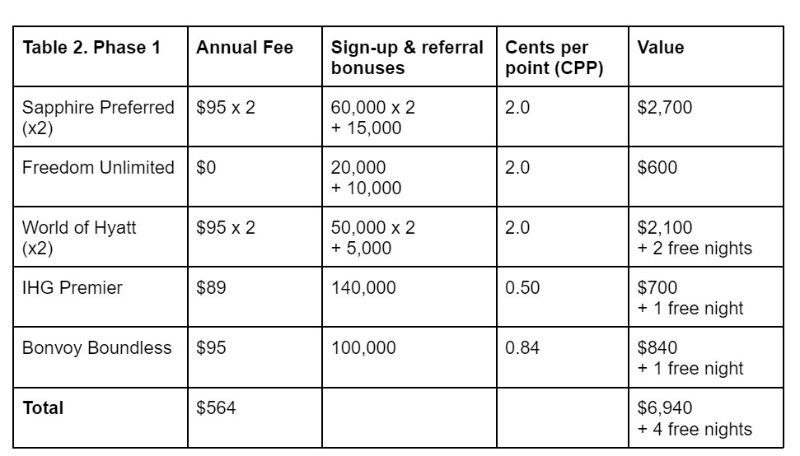<iframe style="width:120px;height:240px;" marginwidth="0" marginheight="0" scrolling="no" frameborder="0" src="//ws-na.amazon-adsystem.com/widgets/q?ServiceVersion=20070822&OneJS=1&Operation=GetAdHtml&MarketPlace=US&source=ss&ref=as_ss_li_til&ad_type=product_link&tracking_id=peaceinvesting-20&language=en_US&marketplace=amazon®ion=US&placement=0060555661&asins=0060555661&linkId=80f8e3b229e4b6fdde8abb238ddd5f6e&show_border=true&link_opens_in_new_window=true"></iframe>|<iframe style="width:120px;height:240px;" marginwidth="0" marginheight="0" scrolling="no" frameborder="0" src="//ws-na.amazon-adsystem.com/widgets/q?ServiceVersion=20070822&OneJS=1&Operation=GetAdHtml&MarketPlace=US&source=ss&ref=as_ss_li_til&ad_type=product_link&tracking_id=peaceinvesting-20&language=en_US&marketplace=amazon®ion=US&placement=1119404509&asins=1119404509&linkId=0beba130446bb217ea2d9cfdcf3b846b&show_border=true&link_opens_in_new_window=true"></iframe>|<iframe style="width:120px;height:240px;" marginwidth="0" marginheight="0" scrolling="no" frameborder="0" src="//ws-na.amazon-adsystem.com/widgets/q?ServiceVersion=20070822&OneJS=1&Operation=GetAdHtml&MarketPlace=US&source=ss&ref=as_ss_li_til&ad_type=product_link&tracking_id=peaceinvesting-20&language=en_US&marketplace=amazon®ion=US&placement=1119376629&asins=1119376629&linkId=2f1e6ff64e783437104d091faaedfec7&show_border=true&link_opens_in_new_window=true"></iframe>
Advertiser Disclosure: The White Coat Investor has partnered with CardRatings for our coverage of credit card products. The White Coat Investor and CardRatings may receive a commission from card issuers.
Opinions, reviews, analyses, and recommendations are the author’s alone, and they have not been reviewed, endorsed, or approved by any of these entities.

By Francis Bayes, WCI Columnist
When my wife and I got engaged and started wedding planning, I knew we were going to pay for most of the expenses with credit cards. I already had a handful of credit cards. But for both our wedding and marriage, we needed a plan for them, just as we did for paying off debt and saving.
With most credit cards, earning signup bonuses that require $2,000-$4,000 spending in the first three months provides the best return on spending (ROS). As the average cost of weddings in the US was $35,000 the year we married, I hoped for us to open at least seven new accounts. Even if you are not anticipating any big spending soon, those who want to maximize their ROS should also have a plan for credit cards so that you open the right cards at the right time in the right order.
I share our story of paying for our wedding with credit cards to demonstrate why you need such a plan. Thanks to our strategy, we paid $0 for five hotel nights, which would have cost $2,800 in cash, during our honeymoon in Maui.
Understanding Credit Cards Rewards Programs
You need to understand the basics of credit card rewards programs before opening new accounts, just as you need to understand the difference between stocks and bonds before making the simplest investing plan with a total stock market fund and total bond fund. The most important principle is that you can only “win” when spending with credit cards if you pay the monthly statement in full. The interest you would pay otherwise will far outstrip any benefits you gain.
(As a disclaimer, I have received no financial incentives other than payment from The White Coat Investor for writing this column.)
Two types of credit cards exist (Table 1). Issuers separate them into “Cashback Cards” and “Travel Cards,” and the latter can be subdivided into “Miles/Points with fixed-value” and “Miles/Points for transfer partners” (miles = airline points). Travel cards have travel-related benefits ranging from no foreign transaction fees and free checked bags to airport lounge access and loyalty program status. However, the travel cards with fixed-value points should be grouped with the cashback cards, because the first question you should ask is not “What benefits do I want?” but rather “How much complexity do I want?”

The question of complexity is important because the travel cards that have the most benefits are also the most expensive in terms of their annual fee (ranging from $395-$695). You could use the simplest, set-it-and-forget-it cards and still have a greater ROS than someone who fails to take advantage of a premium travel card. For any premium card with (or without) transfer partners, you should be comfortable keeping track of various statement credits that a card offers and redeeming your credit card points with 1-2 airline and hotel transfer partners—unless you do not mind paying the annual fee for airport lounge access (e.g., the Centurion Lounge or Priority Pass).
Another layer of complexity with travel cards is that not all points are equal. You need to be aware of a point’s value, aka “cent per point (CPP),” when you (1) open a new account for the signup bonus, (2) choose a card to pay for certain spending categories (e.g., groceries, gas, restaurants), and (3) redeem points. One point earned with some type of cards is worth one cent. But according to websites like The Points Guy, one mile earned with a Delta SkyMiles card might be worth anywhere between 1.1-1.4 CPP, whereas one point earned with a World of Hyatt card might be worth anywhere between 1.7-2.0 CPP. With a Chase Sapphire Preferred® card (CSP), one Ultimate Rewards point can be worth well above 2.0 CPP by transferring points to an airline program and redeeming a first-class flight.

My wife and I knew a few things: we would fly a couple of times a year to visit our parents, we would have several cities on our must-visit list, and we would rather eat well than fly well. That is, when we are on vacation, we do not mind flying the cheapest available flight as long as we can stay at a central location near the best restaurants and street vendors. Thus, our initial plan was to maximize ways to earn and redeem free hotel nights. The two best ways to do so were to select hotel credit cards, which offer a free night on the account's anniversary, and Chase Ultimate Rewards points, which can be transferred to the World of Hyatt program with the CSP or Chase Sapphire Reserve (CSR). The following was Phase 1 of our plan:
-
- I first opened a CSP, which had a higher signup bonus than the CSR, and then I referred my wife for her own CSP, netting us 135,000 points from two signup bonuses and one referral bonus (60,000 x 2 + 15,000).
- I already had a Chase Freedom card, so I referred my wife for a Chase Freedom Unlimited card, netting us another 30,000 points. (Only if the cardholder has a CSP account, the points earned with Chase Freedom cards can be transferred to partners and are worth more than 1.0 CPP.)
- We then opened two World of Hyatt cards, issued by Chase, for their signup bonus and a free night for each account holder on their account anniversary.
- Finally, she opened an IHG Premier card, while I opened a Marriott Bonvoy Boundless card. Both are issued by Chase, and they give a free night on account anniversary.
We only opened Chase-issued cards at first for a specific reason. Chase has a 5/24 rule in which you are not allowed to open a new credit card account if you opened five or more credit card accounts in the past 24 months (regardless of the issuer). After Phase 1 of our plan, we could no longer apply for another Chase credit card as we had opened non-Chase cards in the previous 24 months. But we did not need another Chase card.
In summary, assuming we redeem Chase and Hyatt points at 2.0 CPP, the 165,000 Ultimate Rewards points and 105,000 Hyatt points that we earned from the signup and referral bonuses were worth $5,400 (Table 2). With all of our new Chase cards, our estimated ROS (after annual fees) on $20,500 of wedding expenses was 31.1%, not including points earned from spending.
Here's what Phase 1 of our plan looked like.

Putting Our Credit Card Plan into Action
With Phase 1 completed, we moved on to Phase 2. Since we had enough points to fund a few more vacations with the Chase points, I wanted to simplify and diversify our credit card strategy. Because we would be flying at least once a year to visit my wife’s family, we wanted an airline card. We already had Delta SkyMiles cards, but since we rarely check bags and the ROS is not as high as other cards, we downgraded our cards to Delta SkyMiles Blue, which does not have an annual fee.
Then, we opened an Alaska Airlines Visa Signature card. The card provides free checked bags and a companion certificate on the account anniversary. That means we would only have to pay the price of one fare plus $121 in taxes and fees for the two of us—even during the holiday season. Moreover, the Alaska Airlines points have a higher CPP than those of other airlines when redeemed directly for a flight with either Alaska Airlines or its partner airlines. Similar to the aforementioned hotel cards, maximizing its benefits would cover its annual fee ($75) and then some.
We thought we would be content with the two-player strategy in which I use various Chase cards and my wife uses the Alaska Airlines card for our day-to-day spending. But then Capital One launched a new credit card: Venture X (at launch, the signup bonus was 100,000). Its annual fee is $395, but several benefits made it an ideal card for us.

First, its annual fee could be offset after spending $300 on Capital One’s travel portal for booking flights, hotels, or car rentals, and you receive 10,000 points (worth at least 1.0 CPP) on your account anniversary. Second, earning 2 points/dollar for daily spending needs was a simple and solid ROS, and the points can be transferred to airline and hotel partners that are not available with Chase. Lastly and perhaps most importantly, other premium cards such as the Chase Sapphire Reserve and The Platinum Card® from American Express (rates and fees) charge a fee to add authorized users, while the Venture X allows up to three authorized users for free. We have added one of us and two of our parents, e.g., her father and my mother, so that each authorized user has access to its benefits, including airport lounge access and primary rental car insurance.
By now, you might know your answer to the question, “How much complexity do I want?” I think most people eventually settle down with a simplified setup due to a combination of: (1) running out of eligible signup bonuses, (2) having too many points already, and (3) being content with their current benefits. Our shift from Phase 1 to Phase 2 is similar to our investment plan in which I wanted to slice, dice, and optimize our portfolio before we chose a simpler portfolio. Unless you have a motivating factor (e.g., a wedding to pay for), how much you enjoy a complex investing plan might be a good predictor of how stressed you will be with different credit cards in your wallet.
After one wedding planning and 2 1/2 years of marriage, my wife and I own 16 credit cards, 10 of which have been opened since we started wedding planning (one unmentioned card is the Hilton Honors Surpass which had a signup promotion too good to pass up). Because we had a plan for credit cards, we opened the cards that fit our needs and provided a net positive value annually. As long as you pay the monthly statement in full, credit cards can make spending less painful for the frugal, traveling less stressful for business or family trips, and vacations full of rewards.
How much do you take advantage of credit card rewards? Is entering a complex credit card situation worth it to gain free flights and hotel rooms? Why or why not? Comment below!
The White Coat Investor has partnered with CardRatings for our coverage of credit card products. The White Coat Investor and CardRatings may receive a commission from card issuers.
Responses are not provided or commissioned by the bank advertiser. Responses have not been reviewed, approved, or otherwise endorsed by the bank advertiser. It is not the bank advertiser's responsibility to ensure all posts and/or questions are answered.
To view rates and fees of the The Platinum Card® from American Express, see this page.
The post From Wedding Planning to Owning 16 Credit Cards appeared first on The White Coat Investor - Investing & Personal Finance for Doctors.
||
----------------------------
By: Josh Katzowitz
Title: From Wedding Planning to Owning 16 Credit Cards
Sourced From: www.whitecoatinvestor.com/from-wedding-planning-to-16-credit-cards/
Published Date: Tue, 14 Feb 2023 07:30:54 +0000
Read More
Did you miss our previous article...
https://peaceofmindinvesting.com/investing/what-can-you-do-about-a-wealth-tax
.png) InvestingStocksToolsClubsVideosPrivacy PolicyTerms And Conditions
InvestingStocksToolsClubsVideosPrivacy PolicyTerms And Conditions
